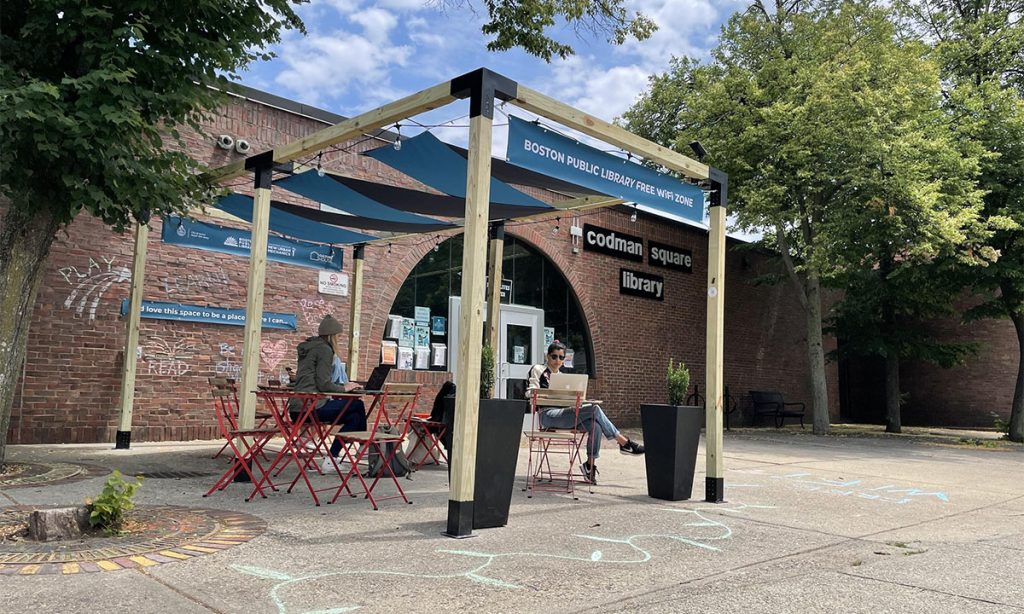As I work through this course I am continually drawn to the concept of librarians as Digital Care Workers who help their communities dissolve the barriers of accessibility and close the digital divide. I have had several interactions as a library paraprofessional which exposed the reality that this divide still exists in present day and it is not limited to age groups despite the notion that Millennials, Gen Z, and Gen Alpha are digital natives (Gun, 2023). A couple of years ago I had an interaction with a shy eighteen-year-old patron who worked up the courage to ask me how to use email—from step one of creating an email address—because they never had a computer at home. I have had many similar interactions over the years which have revealed that being skillful with a cellphone did not mean those same skills were always transferable to a computer interface.
Module 5 focuses on the concept of creating community within libraries, and while libraries across the globe frequently engage in technical skills sessions for their patrons, ironically the most moving examples of libraries making strides to be digital hubs occurred during isolation.

Williams and Muller’s (2021) article beautifully highlighted examples of libraries or communities that went above and beyond to provide internet access to their communities despite many services being closed at that time. During the pandemic, libraries often found their parking lots full and patrons safely spacing themselves on the sidewalk outside to access free Wi-Fi (Hargittai, 2022). But some libraries took this aspect to the next level, such as the tiny Perafita Public Library in rural Spain that installed antennae to boost their Wi-Fi signal beyond the external property of the library (IFLA, 2020; Williams & Muller, 2021).

References
Ajuntament de Perafita. (2025, January 16). Biblioteca municipal. https://www.perafita.cat/el-municipi/guia-del-municipi/equipaments/biblioteca-municipal.html
City of Boston. (2023, May 11). BPL outdoor spaces [image]. https://www.boston.gov/departments/new-urban-mechanics/bpl-outdoors
Gün, S. (2023). Digital divide in the digital era and the digitalization in Turkey and around the world. In Köksal, D., Ulum, Ö.G., Genç, G. (Eds.), Undividing Digital Divide (1st ed., pp. 107-117). Springer. https://doi.org/10.1007/978-3-031-25006-4_8
Hargittai, E. (2022). Connected in isolation: Digital privilege in unsettled times. The MIT Press.
IFLA. (2020, April). Community networks: A briefing for libraries. https://www.ifla.org/wp-content/uploads/2019/05/assets/faife/publications/community_networks_-_a_briefing_for_libraries.pdf
OECD. (2022). ICT access and usage by households and individuals database. OECD Data Explorer. http://oe.cd/hhind
Pau Pares. (2012, March 6). Perafita [image]. Flickr. https://www.flickr.com/photos/arktos_pau/6813530012/
Williams, A. & Muller, C. (2021, March 17). Libraries are bridging the digital divide. Internet Society. https://www.internetsociety.org/blog/2021/03/libraries-are-bridging-the-digital-divide/
